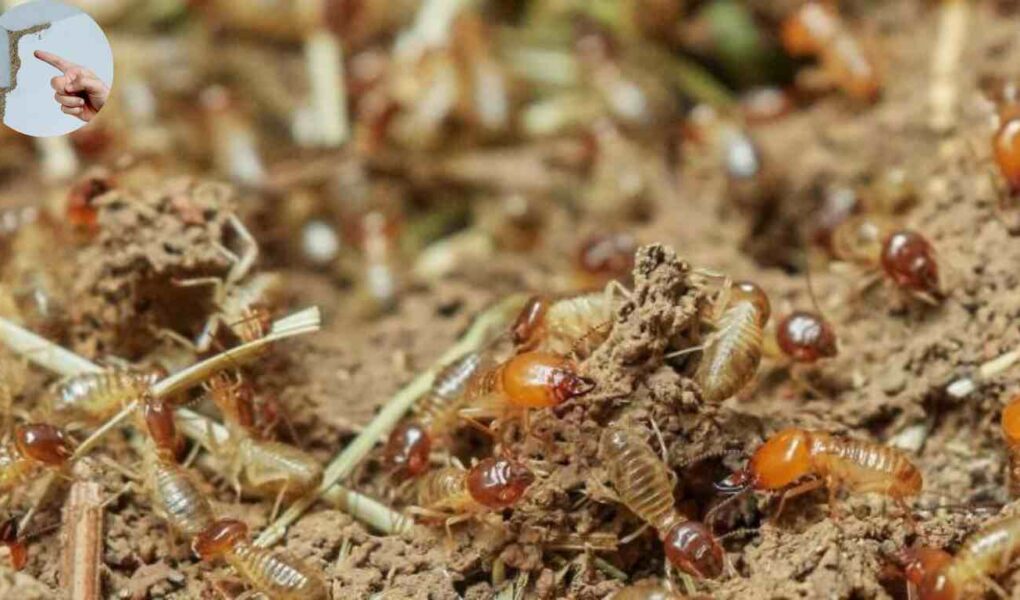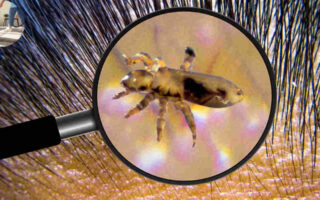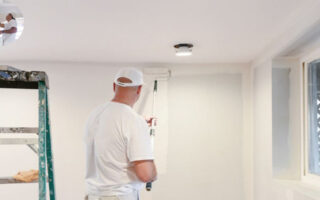Finding a termite nest in your house is crucial to prevent extensive structural damage and costly repairs. Termites often remain hidden, making early detection challenging, but by knowing what signs to look for and where to inspect, you can identify their presence before the infestation worsens. Termite nests vary by species: subterranean termites build underground nests with mud tubes leading to your home’s foundation, drywood termites create nests inside wood structures like beams or furniture, and dampwood termites prefer moist wood areas such as basements or attics. Common indicators include mud tubes on walls or foundations, hollow-sounding wood, discarded wings, and piles of termite droppings called frass. Regularly checking areas like crawl spaces, attics, baseboards, and window or door frames can help you spot these signs early. For thorough detection, tools like moisture meters, acoustic detectors, or professional inspections are recommended to locate hidden colonies and take prompt action.
What are Termites?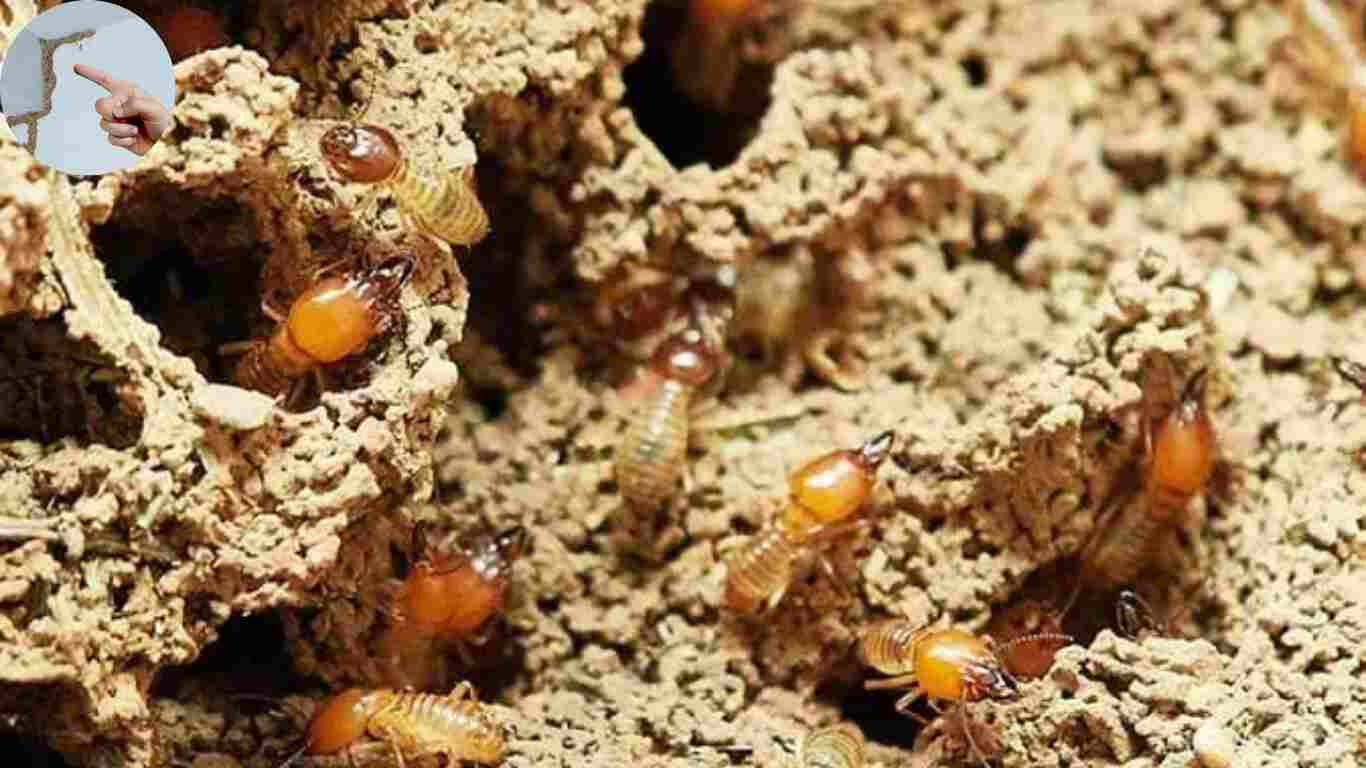
Blattodea are small, social insects.Thousands or even millions of them live in colonies. Most people associate them with wood destruction, but they play a crucial role in nature by breaking down dead plant material.
There are several types of termites, including subterranean, drywood, and dampwood species. Each has its own habitat preferences and feeding habits. While traveling between their nests and food sources, subterranean termites often build mud tubes for shelter.
Drywood termites inhabit wooden structures without needing soil contact. They nest directly within the wood they consume, making detection trickier for homeowners. Dampwood termites prefer decaying wood that is typically moisture-laden.
Understanding these different types helps clarify their behaviors and nesting habits—essential knowledge when searching for potential infestations in your home.
Signs of a Termite Infestation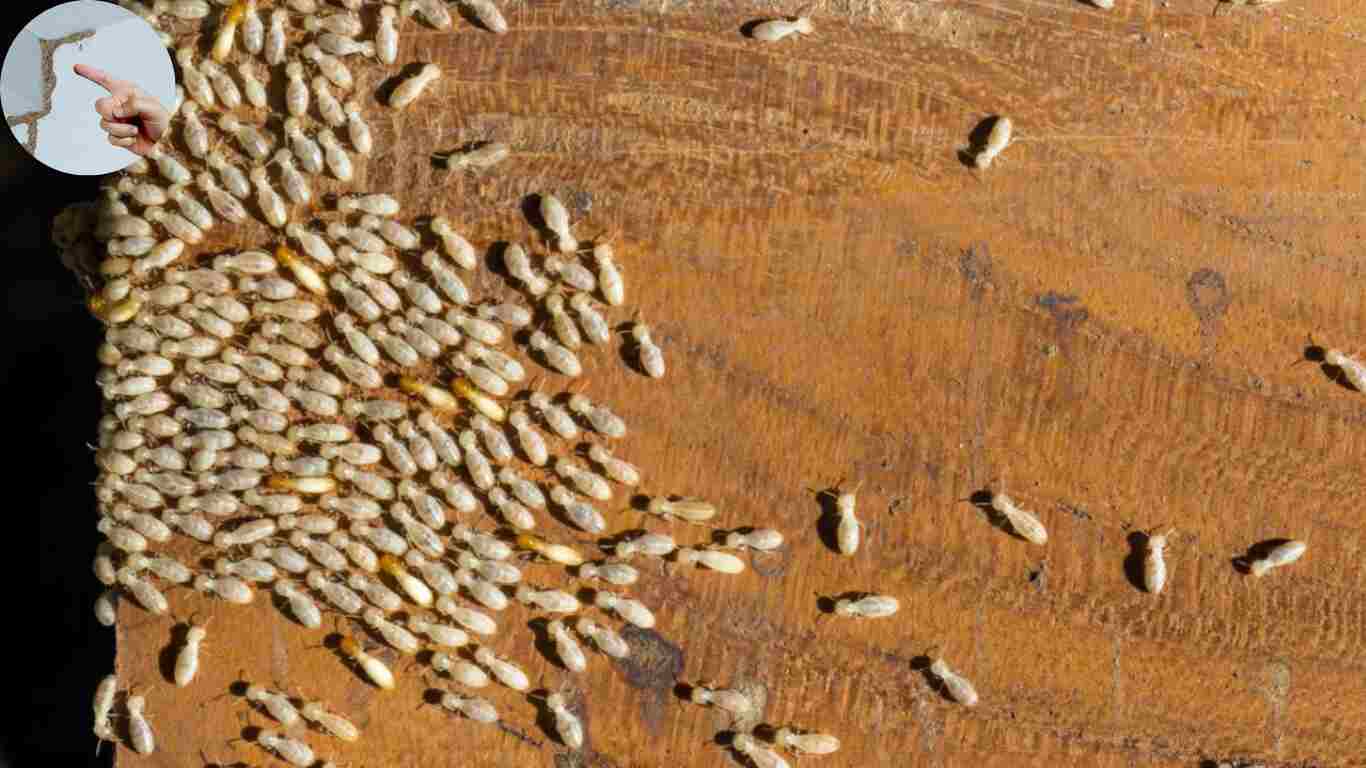
They can be sneaky invaders, causing damage long before you realize they’re there.One of the first signs is the appearance of discarded wings around windowsills and doors. When swarming season hits, these pests leave behind a clear indicator of their activity.
These pencil-thin tunnels provide shelter for termites as they travel between their nest and food sources.
Hollow-sounding wood when tapped is also a strong clue. If you knock on wooden structures and hear a dull thud instead of a solid sound, termites may have feasted within.
This evidence suggests active feeding and should not be ignored if found in your home’s nooks or crannies.
You may also read (why does my house smell like cinnamon).
Common Locations for Termite Nests in Houses
Termite nests can be found in various locations throughout a house. They often thrive in damp, dark environments that provide easy access to wood sources.
Basements and crawl spaces are prime spots for termites. The moisture and humidity levels here create an inviting habitat. Look for signs of mud tubes or frass, which are termite droppings.
Wooden structures, like beams or floor joists, also attract these pests. If you notice hollow-sounding wood when tapped, it may indicate an infestation nearby.
Outside the home is another common area for nests. Termites often burrow into wooden fences, tree stumps, or landscaping timber close to your foundation.
Don’t overlook attics too! If there’s any water damage or leaks from the roof, it could lead to nesting opportunities above your living space.
How to Identify a Termite Nest in Your House
Identifying a termite nest in your house can be tricky, but certain signs can help. Termites travel between their nests and food sources through mud tubes made from soil and wood fibers.
Swarmers shed their wings after mating, often leaving them near windows or doors. Termites might be nearby if this is the case..
Check wooden structures for hollow sounds when tapped. If you hear a dull thud instead of a solid sound, it could mean the wood is infested with these pests.
Look for tiny pinholes in walls or furniture.These holes may indicate where termites have entered or exited their nesting areas. Regular inspections will make spotting these signs easier over time.
Prevention and Treatment for Termite Nests
Preventing termite nests requires vigilance and proactive measures. Start by eliminating moisture in and around your home. In humid environments, termites thrive, so keep drains clear and fix any leaks as soon as possible.
Next, consider using a physical barrier during construction. Metal mesh or concrete can be effective at keeping these pests out of your foundation. Make sure wooden structures are regularly inspected for signs of wear and damage.
Treatment options vary from DIY solutions to professional interventions. Borate treatments can deter termites when applied to wood surfaces before installation. Meanwhile, bait systems attract termites away from the structure while delivering a slow-acting insecticide.
For severe infestations, calling an exterminator is crucial. They have access to potent chemicals that can eradicate entire colonies quickly and safely. Remember, early detection significantly increases the chances of successful eradication without extensive damage to your property.
When to Seek Professional Help
When it comes to tackling a potential termite infestation, knowing when to seek professional help is crucial. If you suspect that termites are nesting in your house but can’t locate the nest or confirm their presence, it’s time to call in the experts. Professionals have specialized tools and techniques for detecting these pests that may not be visible to the untrained eye.
If you notice significant signs of damage—like hollow-sounding wood or mud tubes—it’s wise to get an assessment as soon as possible. Termites can cause substantial structural damage if left unchecked, leading to costly repairs down the line.
Professional pest control services offer targeted treatments that effectively remove termites from your home and implement preventive measures against future infestations.
Taking immediate action is essential when dealing with potential termite nests. Remember, early detection often leads to easier management and less damage overall. Don’t wait until it’s too late; ensure your home remains safe and secure by seeking assistance whenever necessary.
You may also read (how big do house flies get).

